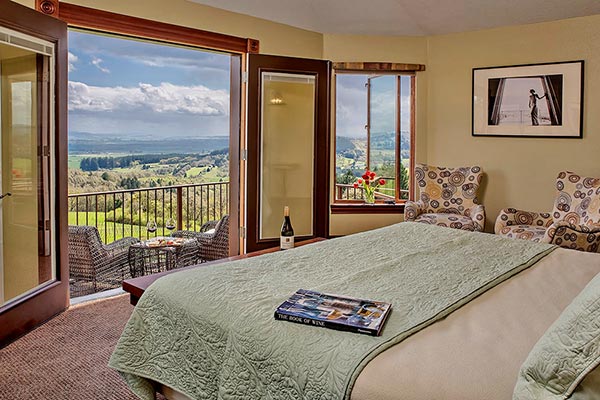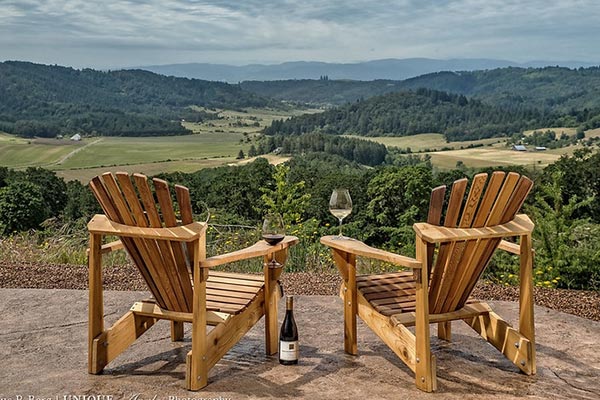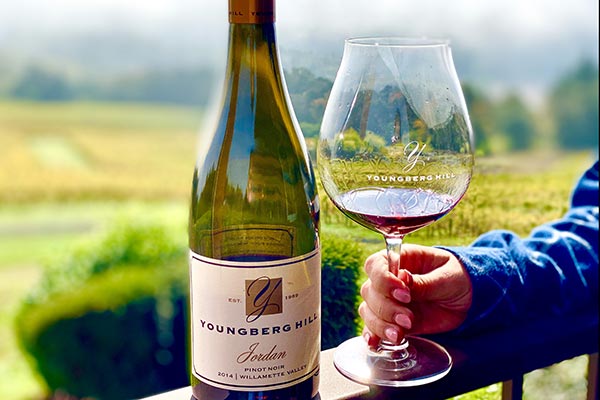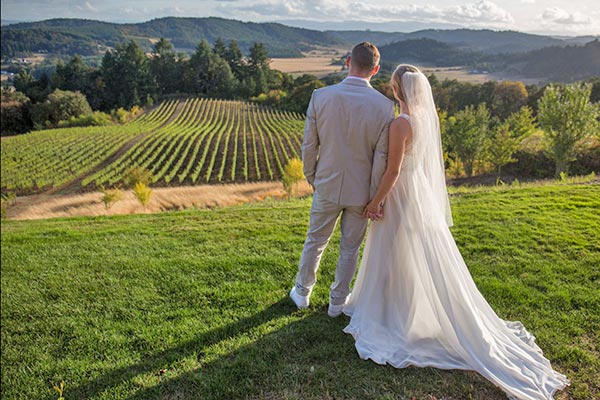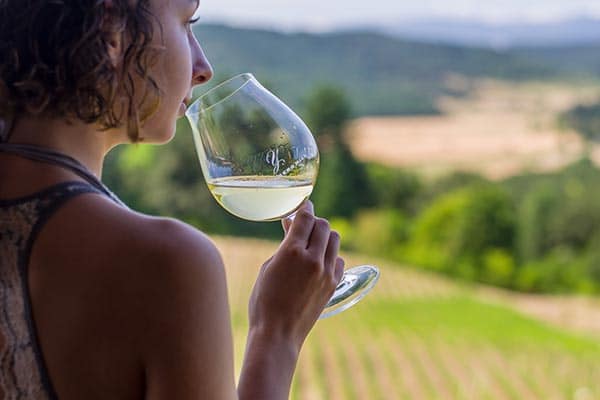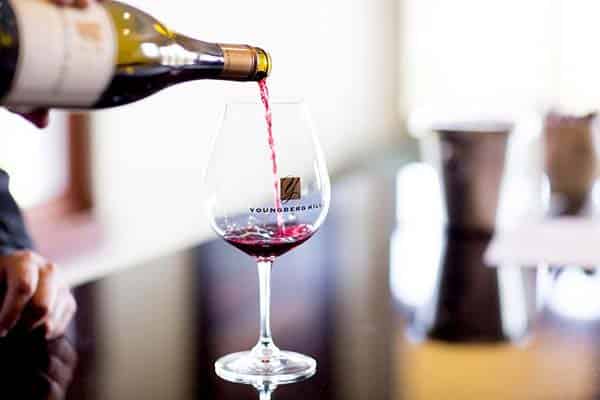There are many methods of wine tasting, so does the order you taste wine in matter? Generally, when you go to a vineyard for a tasting, the winery will provide wine from their latest bottling. This is a great way to get a feel for the variety of wine provided by the winery as well as a feel for the terroir (meaning soil, climate, and area in which the grapes were grown.)
Another fantastic way to get an in-depth understanding of a vineyard and its wines is a vertical tasting. This is the process of tasting the same wine from the same winery, but from successive years. For example, you could taste our Jordan Pinot Noir from 2011, 2010, 2009, and 2008. This type of tasting allows you to identify the thread that ties the wines together. As you taste progressively older wines, the tannins mellow, which can help you understand the evolution of the wine itself.
Finally, there is a horizontal tasting. This is often not something you will do at a winery, but is something you may participate in at a wine bar or wine shop. A horizontal tasting involves trying similar wines from similar regions – all of the same year. For example, you could do a horizontal tasting of Pinot Gris produced in the Willamette Valley. This type of tasting gives one a concept of how the wine in the area can vary due to the style and relative location of each winery within one region.
A fun way to spice up a horizontal tasting is to do a “blind” tasting. You could blindfold yourself and taste each type of wine – but we think that way may lie accidental spillage – and no one wants to waste good wine. Instead, the server providing you with the tasting simply puts a bag over the label of each bottle. Once the tasting is over, they reveal the wineries you tasted. You may want to try a second round of tastings after the wineries are revealed, just so you know which producer’s wine you enjoyed the most. The answer may surprise you, which is the point of a blind tasting.
No matter how you go about tasting wine, the point is for you to enjoy the experience.


